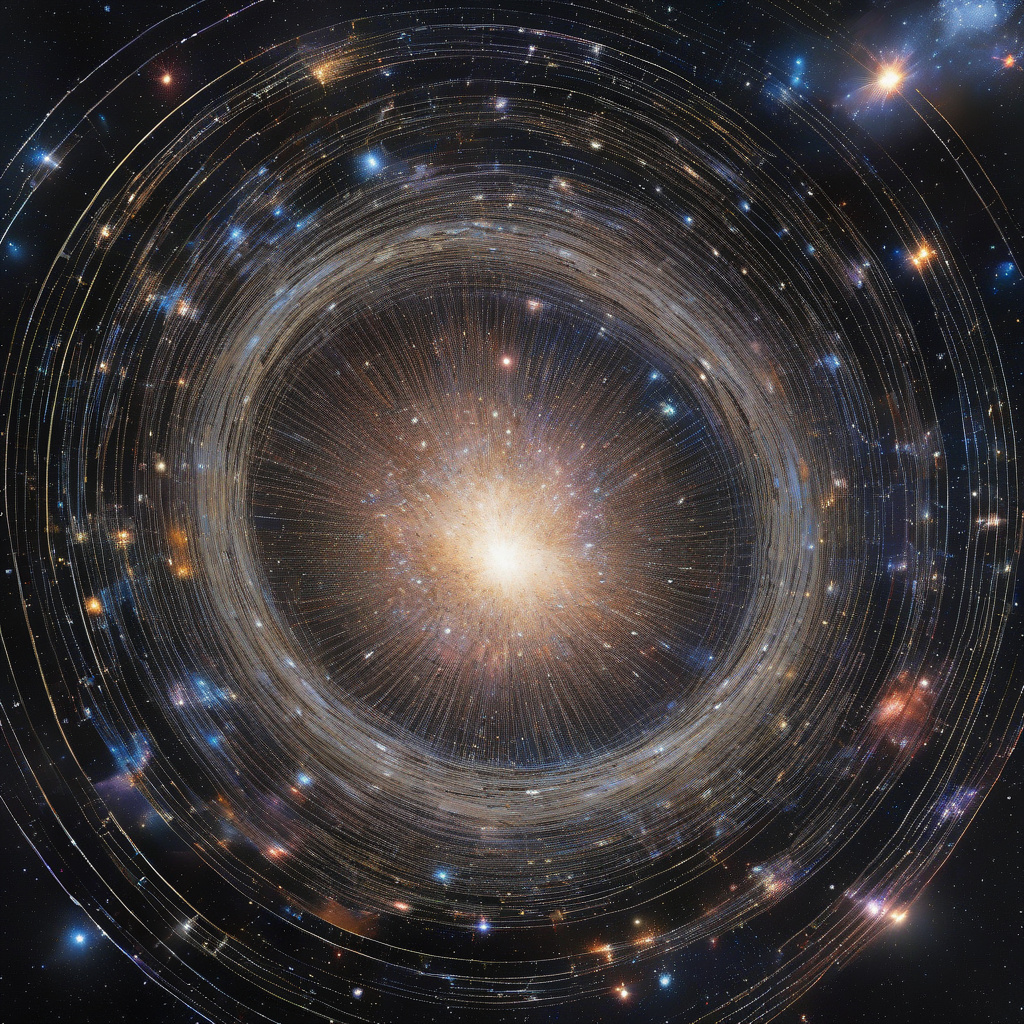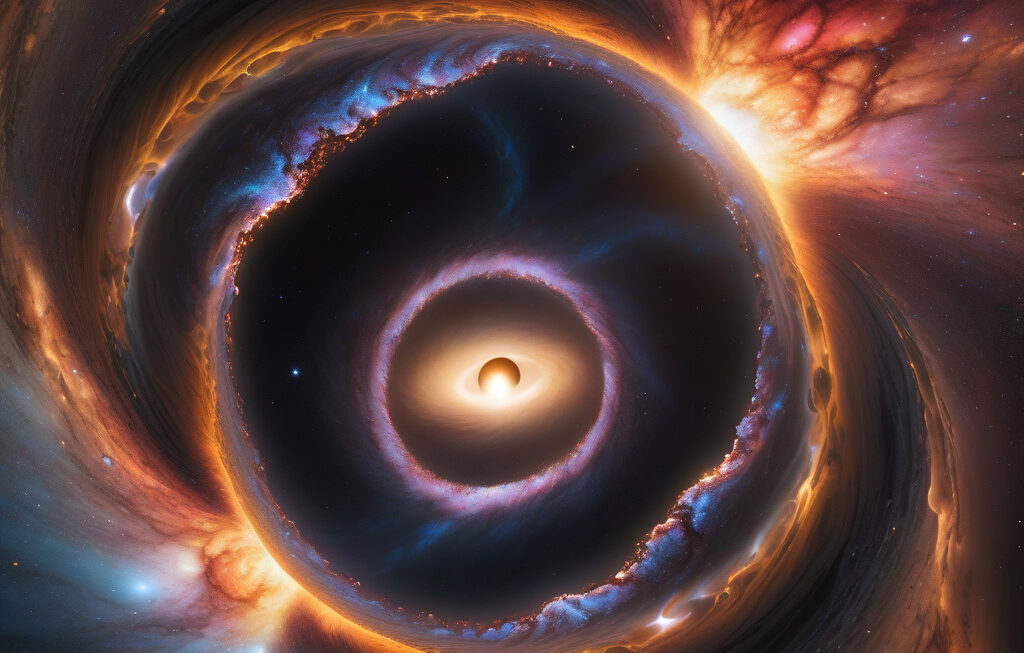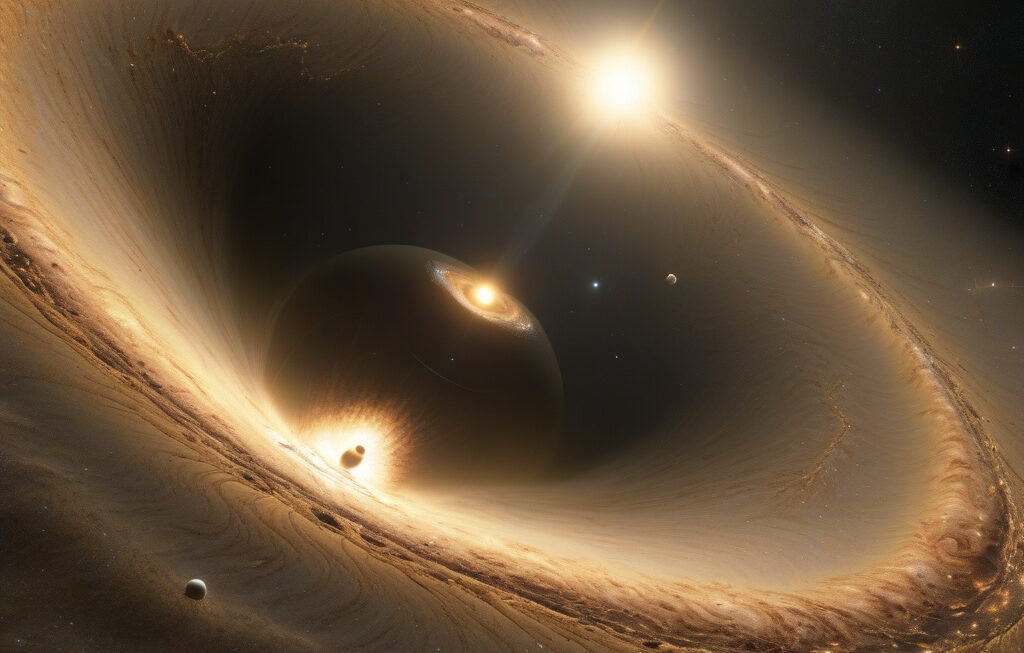Astronomers Spot Brightest Fast Radio Burst Ever, Just 130 Million Light-Years Away
Fast radio bursts (FRBs) are some of the universe’s most mysterious signals — immense flashes of energy that blaze across the cosmos for mere milliseconds before disappearing without a trace. These enigmatic bursts have puzzled scientists since they were first discovered in 2007, with their origins and causes remaining largely unknown. However, recent advancements in technology and observational techniques have enabled astronomers to delve deeper into the secrets of these fleeting phenomena.
In a groundbreaking discovery, astronomers have recently detected the brightest fast radio burst ever recorded, emanating from a source located a staggering 130 million light-years away. This exceptionally powerful burst, designated FRB 20200120E, has provided researchers with valuable insights into the nature of these elusive signals and the cosmic events that produce them.
One of the defining characteristics of fast radio bursts is their incredible luminosity, often emitting as much energy in a fraction of a second as the sun does in an entire day. The discovery of FRB 20200120E has shattered previous records for the intensity of these bursts, raising intriguing questions about the astrophysical processes responsible for such monumental releases of energy.
To put the sheer brilliance of this fast radio burst into perspective, imagine a single burst of radio waves emitting as much energy as hundreds of millions of suns. The sheer power and intensity of these cosmic phenomena highlight the extreme conditions under which they are generated, pushing the boundaries of our understanding of the universe’s most energetic events.
While the exact mechanisms behind fast radio bursts remain a subject of intense debate among scientists, several theories have been proposed to explain their origins. One leading hypothesis suggests that FRBs could be produced by highly magnetized neutron stars known as magnetars, which unleash sudden bursts of energy as they undergo catastrophic events such as starquakes or magnetic reconnections.
Alternatively, some researchers speculate that fast radio bursts could be caused by the cataclysmic collisions of neutron stars or black holes, generating shockwaves that propagate across vast cosmic distances and manifest as brief but intense bursts of radio waves. The detection of FRB 20200120E has reignited interest in these theoretical models, prompting astronomers to conduct further observations and simulations to unravel the mysteries of these cosmic enigmas.
Moreover, the identification of the brightest fast radio burst to date underscores the importance of continued advancements in observational technologies and data analysis techniques. With each new discovery, astronomers move one step closer to unlocking the secrets of the universe’s most enigmatic signals, shedding light on the profound cosmic processes that shape our understanding of the cosmos.
As researchers continue to investigate the origins and properties of fast radio bursts, the detection of FRB 20200120E serves as a testament to the remarkable progress being made in the field of astrophysics. By harnessing the power of cutting-edge telescopes and sophisticated data processing algorithms, scientists are pushing the boundaries of knowledge and unveiling the hidden wonders of the universe one fast radio burst at a time.
In conclusion, the recent detection of the brightest fast radio burst ever observed represents a significant milestone in the study of these cosmic phenomena, offering new insights into their extraordinary luminosity and mysterious origins. As astronomers strive to unravel the secrets of these enigmatic signals, the universe continues to captivate us with its awe-inspiring displays of power and beauty, reminding us of the boundless wonders that await discovery beyond the confines of our world.
fast radio bursts, astronomy, astrophysics, cosmic phenomena, technological advancements












